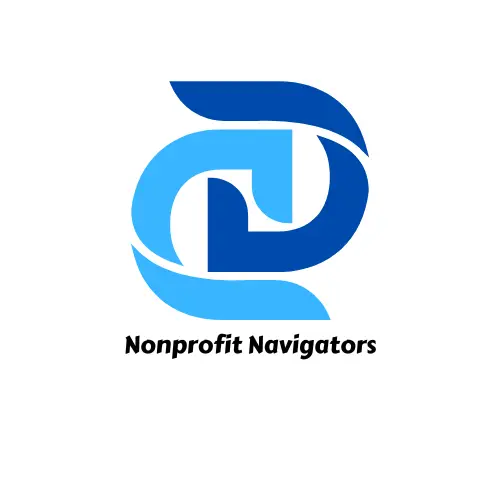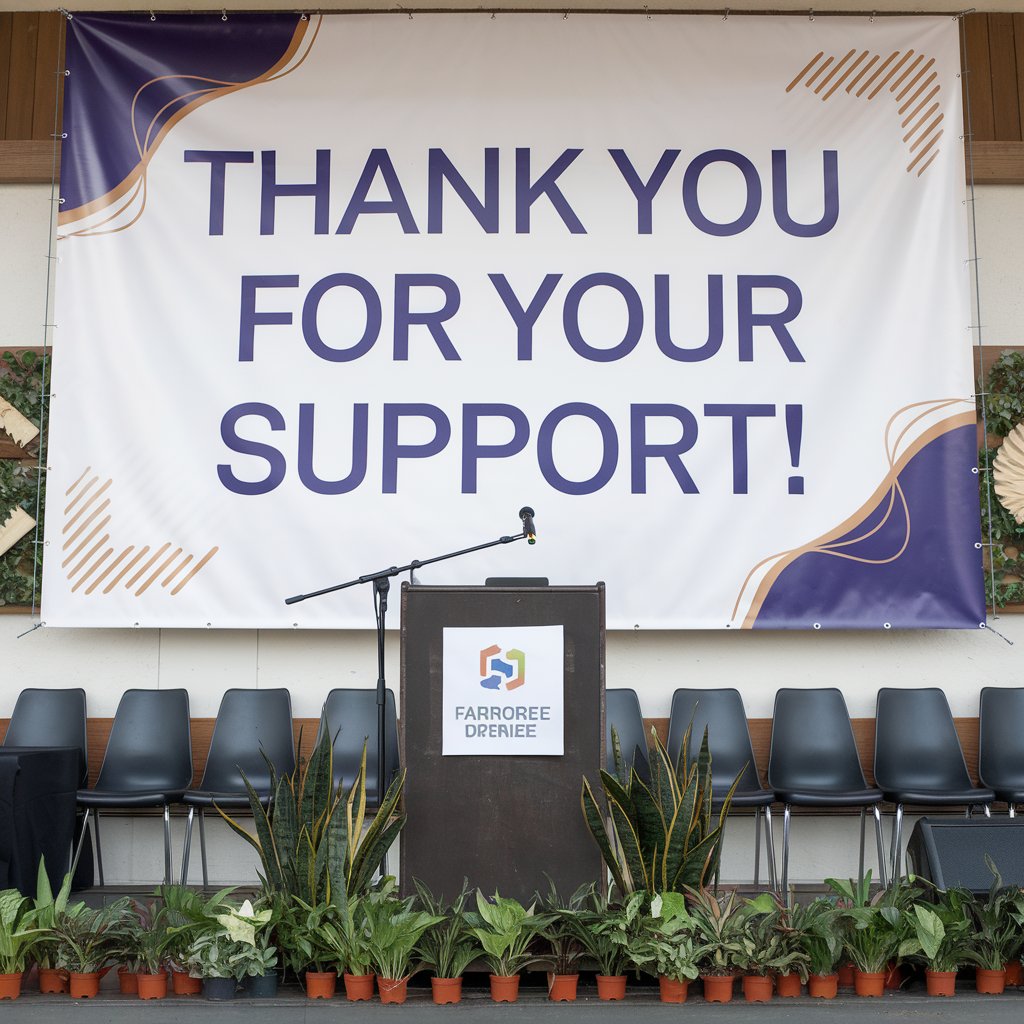Facebook ads can feel like gambling for many nonprofits.
You put in $50 here, $100 there, hoping that one of those boosted posts magically sparks a wave of new donations.
You’ve probably heard someone say, “Just boost your event flyer—it’ll reach more people!” or “If you run ads, your donor list will explode!”
But for most nonprofits, the outcome is the same: money gone, time wasted, and leadership left scratching their heads.
The problem isn’t that Facebook ads don’t work.
In fact, they can be one of the most powerful donor acquisition tools available today. The problem is that most nonprofits use them incorrectly. They focus on the wrong goals, run ads to the wrong audience, or measure the wrong results.
In this guide, we’ll break down why Facebook ads fail nonprofits, what common traps you need to avoid, and—most importantly—what to do instead if you want ads to actually fuel your mission.
The Harsh Truth: Why Nonprofits Waste Money on Facebook Ads
Let’s start with the brutal reality: most nonprofits burn through their ad budgets because they treat Facebook like a megaphone instead of a funnel.
Here are the top mistakes I see every week when nonprofits tell me about their ad struggles:
1. Boosting Instead of Strategizing
Boosting posts is Facebook’s way of making ads “easy.” With one click, you can throw $20 behind your latest post. The issue? Boosts optimize for engagement, not donations. That means Facebook will show your post to people most likely to click “like” or “share,” but not necessarily to people who actually give.
Think about it: getting 500 likes feels exciting, but likes don’t fund programs. Engagement ≠ revenue.
2. Wrong Objective = Wrong Outcome
Facebook Ads Manager asks you to choose an “objective” when setting up a campaign: awareness, traffic, engagement, leads, conversions. Most nonprofits mistakenly choose “awareness” or “traffic.” Sounds good, right? The problem is that these objectives train Facebook to send your ad to people who only view content, not people who actually take action.
If your goal is donations, your objective should be conversions or lead generation.
3. Talking to the Wrong Audience
Another money pit: nonprofits often target ads too broadly. Running an ad to “all adults in the U.S.” is a surefire way to blow your budget. Why? Because you’re paying to reach millions of people who will never care about your mission.
The opposite mistake also happens: targeting is too narrow. For example, showing an ad only to the 1,200 people who liked your Facebook page. That’s not enough scale to drive meaningful results.
4. Sending People to the Wrong Place
Many nonprofits run ads that drive traffic straight to their homepage. Big mistake. Your homepage is designed for general browsing—not for converting strangers into donors. Visitors land there, get distracted by 15 menu options, and leave.
What you need instead is a dedicated landing page that’s built for one purpose: capturing donations or sign-ups.
5. No Tracking or Data
This is the silent killer. Too many nonprofits run ads without installing the Facebook pixel (or its newer version, the Meta pixel). Without tracking, you have no clue whether someone who saw your ad later donated. It’s like throwing spaghetti at the wall and never checking to see what sticks.
Case Study: A Nonprofit That Burned $5,000
A youth nonprofit I consulted with last year spent over $5,000 boosting posts about their annual gala.
The ads reached over 100,000 people and generated thousands of likes.
But here’s the catch: only $600 in donations came directly through Facebook.
Why?
Because they had no funnel.
They boosted posts with “awareness” as the goal, sent people to their homepage, and never tracked conversions.
Facebook simply delivered likes, as instructed.
When we shifted their strategy to run lead ads that captured email addresses, then followed up with storytelling emails that led to a donation ask, their results flipped.
Within 45 days, they raised $18,000 from new donors—without increasing their ad budget.
What to Do Instead: A Smarter Facebook Ads Strategy
Now that we’ve dissected why most nonprofits waste money on Facebook ads, let’s flip the script.
Here’s how to actually make them work for you:
1. Treat Ads as Part of a Funnel
Facebook ads should never be your only strategy.
They’re a tool to feed your donor pipeline.
Think of it like this:
- Facebook ad = attracts attention
- Landing page = captures information
- Email sequence = builds trust
- Donation page = secures the gift
Ads are the front door, not the whole house.
2. Focus on Lead Generation First, Donations Second
Here’s a counterintuitive truth: the fastest way to get more donations isn’t by asking for them right away.
It’s by building a list of warm leads.
Instead of running ads that say, “Donate Now,” run ads that offer something valuable in exchange for an email address:
- A free downloadable resource (e.g., “5 Ways to Help Rescue Dogs in Your City”)
- A petition tied to your mission (e.g., “Sign to Protect Clean Water in Our State”)
- A story-driven quiz (e.g., “How Much Do You Know About Youth Homelessness?”)
Once someone opts in, nurture them with storytelling emails before making your donation ask.
3. Invest in Creative That Converts
Your ad creative (image + copy) matters more than you think.
Here’s what works best for nonprofits:
- Authentic images (real people, not stock photos)
- Short, emotional videos (30–60 seconds of impact storytelling)
- Benefit-driven copy (“Your gift of $25 provides 10 meals”)
Don’t just talk about your organization—highlight the transformation a donor can make.
4. Use Lookalike Audiences
This is where Facebook ads become powerful.
Upload your donor email list to Facebook, then create a lookalike audience.
This lets you target people who “look like” your best donors in terms of demographics and behavior.
Instead of guessing who might care, Facebook finds people who resemble those who already give.
5. Optimize for Conversions
Always set your campaign objective to Conversions (donations) or Leads (email capture).
This tells Facebook’s algorithm to show your ads to people who are statistically most likely to take those actions.
6. Test Small, Scale Smart
Start small—$5 to $10 per day. Test different audiences, images, and copy. Once you find a combination that performs well, scale up your budget.
This prevents you from wasting thousands on unproven ads.
What Nonprofits Should Do Outside of Facebook Ads
Even the best ad strategy will flop if the rest of your fundraising system is weak.
To make ads truly work, you need:
- A Strong Storytelling Engine – If your nonprofit can’t clearly explain its impact, ads will only amplify the confusion.
- A Simple, Optimized Donation Page – One call-to-action, no clutter, mobile-friendly.
- Email Sequences That Nurture – Don’t ghost new leads. Follow up with stories, updates, and clear donation asks.
- Consistent Organic Content – Ads should complement, not replace, regular organic posting and community-building.
The Alternative: Community-Based Growth
Now here’s the kicker: you don’t have to rely on ads at all.
Many nonprofits grow faster (and cheaper) by focusing on organic and partnership-based strategies:
- Peer-to-Peer Fundraising – Equipping supporters to fundraise for you on social media.
- Strategic Partnerships – Teaming up with local businesses or churches for campaigns.
- Grant Funding – Bringing in larger, predictable funding streams.
- Email-First Growth – Building your list through events, referrals, and organic content.
Facebook ads are a tool—not the only path to growth.
Want to Stop Wasting Money on Ads?
If this article hit home, it’s time to rethink your digital fundraising strategy. You don’t have to waste another dollar “boosting posts” that lead nowhere.
👉 Join my Nonprofit Navigators Founding Membership today.
Inside, you’ll get:
- Step-by-step ad templates that actually convert.
- Donor funnel blueprints tailored for nonprofits.
- Coaching on how to blend ads with grants, email, and organic strategies.
- Proven strategies to raise more money with less effort.
For just $1,300/year, you’ll unlock the systems that top-performing nonprofits use to turn Facebook ads from a money pit into a donor magnet.
Why Most Nonprofits Waste Money on Facebook Ads—and What to Do Instead
Why most nonprofits waste money on Facebook ads—and what to do instead.
It’s not because ads don’t work—it’s because most nonprofits use them wrong.
They boost instead of strategize, chase likes instead of leads, and send donors to the wrong places.
But when you flip the script—by building funnels, optimizing for conversions, and integrating ads into a bigger strategy—you transform Facebook from a cost center into a growth engine.
Don’t waste another dollar. Put the right systems in place, and watch your donor base grow.

